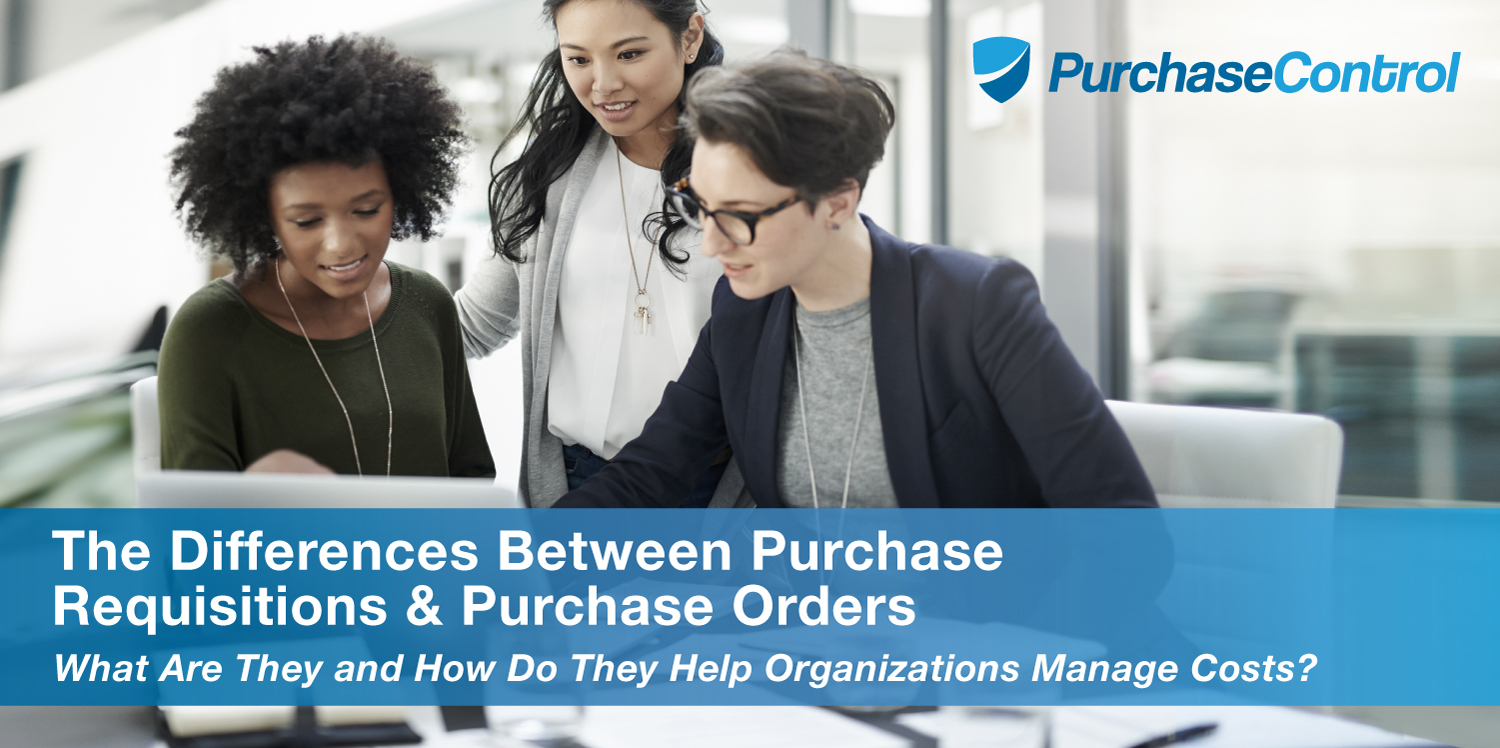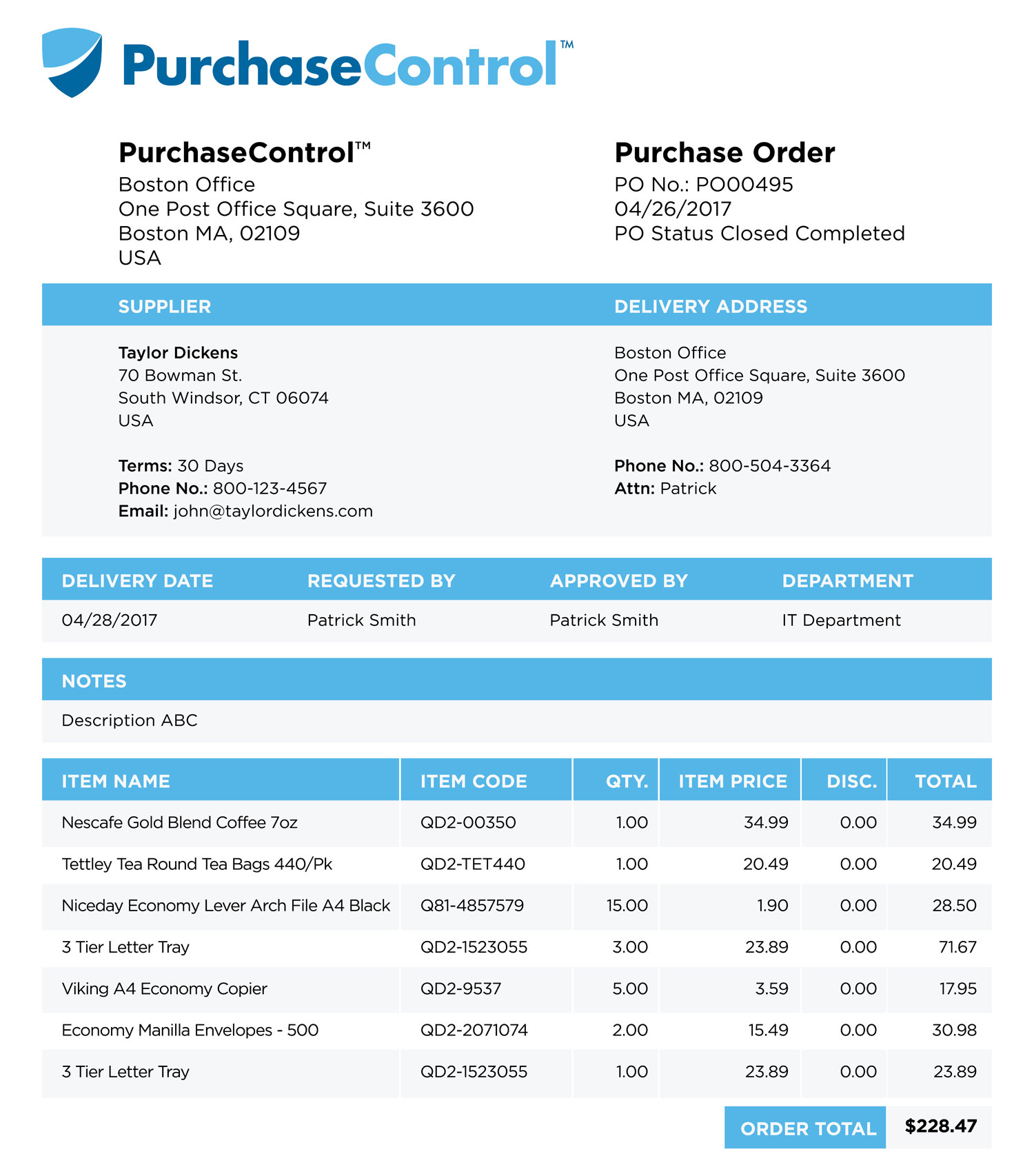Our goal with this post is to explain the basics about purchase requisitions vs. purchase orders, and share some tips on optimizing the purchase requisition process for those who specialize in finance or procurement.
Before we dig into the details, it’s important to define the important role that procurement and purchasing functions play within businesses as they are critical in managing costs. Put simply, these departments establish buying policies and procedures for businesses. It’s their job to ensure that purchases made throughout the company are cost-effective and approved by the appropriate parties. For instance, one of our clients is a dental healthcare company. In order to purchase the toothbrushes that you receive after a visit to the dentist, the staff must funnel this purchase through the purchasing department to ensure the company is getting the best price and managing inventory wisely.
With that important context about purchasing and procurement in mind, purchase requisitions and purchase orders are key documents companies use to help manage costs. There are two key reasons organizations use these documents: 1) It gives them more control over employee spending; and 2) They have a higher likelihood of receiving discounts on goods or services because there is greater visibility into purchasing.
Purchase requisition vs. purchase order
The key difference between these two documents is that a purchase requisition is about permission and purchase orders are about purchasing. Let’s explore the documents one at a time.
What is a purchase requisition?
The purchase requisition process starts with a purchase requisition or purchase request form, a document that is created by the purchaser and submitted to the department that controls finances. Consider this the part of the purchasing process where you get the thumbs up to purchase the goods and services you want. You’re not actually ordering anything, you’re getting the approval to do so. This serves as the first step in an efficient audit trail for purchasing.
Purchase requisitions are often required for goods over a certain dollar threshold. For example, the procurement department at a large private university requires that purchasers submit a purchase request for goods and services over $5,000. While purchase requisitions can vary depending on business needs, they typically consist of the following information: purchaser’s location or internal department, the quantity and general description of supplies requested, the name of the vendor that is providing the goods, and the price.
Using our dental healthcare client as an example, the purchase requisition would include the purchaser’s location (dental healthcare clinic’s location), the quantity and description of supplies requested (500 floss tip toothbrushes), the name of the vendor that is providing the goods (e.g. Colgate®), the price ($2,000.00), and the requested delivery date. The clinic would then share this document directly with the purchasing department for approval, rejection, or further discussion.
What is a purchase order?
The purchase order (PO) is where the buying happens. Once the purchasing or procurement department has approved the purchase requisition and given you the figurative thumbs up to purchase your desired goods and services, it issues a purchase order to the vendor. Purchase orders are typically created using electronic purchasing systems like PurchaseControl, which enable businesses to track POs and submit them electronically. Again, information may vary, but purchase orders generally include the name of the company purchasing the goods or services, the description and quantity of the goods or services, price, a mailing address, payment information and terms, invoice address, and a purchase order number.
For our dental healthcare client, the purchase order would include the name of the company purchasing the goods or services (XYZ Dental Company), the description and quantity of the goods or services (500 floss tip toothbrushes), price ($2,000), a mailing address (1 Fake Avenue, Boston, MA 12345), payment terms (to be paid in 30 days), invoice address (same as mailing address), and a purchase order number (123).
Purchase orders are an important document for vendors as well. Vendors use them for order fulfillment and processing payments. Once the PO is submitted, the vendor raises any concerns. After any issues are dealt with, the order is shipped. The vendor then sends an invoice for the goods or services to be paid by the purchaser.
Why are purchase requisitions and purchase orders important?
Businesses handle creating and monitoring purchase requisitions and purchase orders in many ways, but the most efficient is having an electronic procurement system that integrates easily with other financial systems. Businesses that use sophisticated electronic systems instead of relying on Excel and email to create, share, and track these documents enjoy a significant reduction in costs, greater control over company spend, and more streamlined processes, and more.
Regardless of the process used, purchase requisitions and purchase orders are a critical part of spend management. Not only do they help with managing costs and inventory, they help businesses avoid duplicate or missing orders, clarify important details, stay protected against financial audits, and protect both purchasers and vendors.
Discover how PurchaseControl can improve your purchase order approval process and save time creating requisitions
Find Out How









